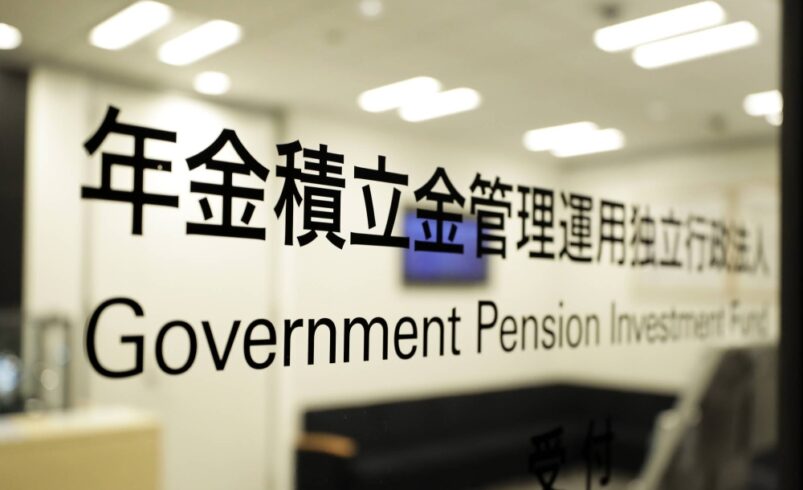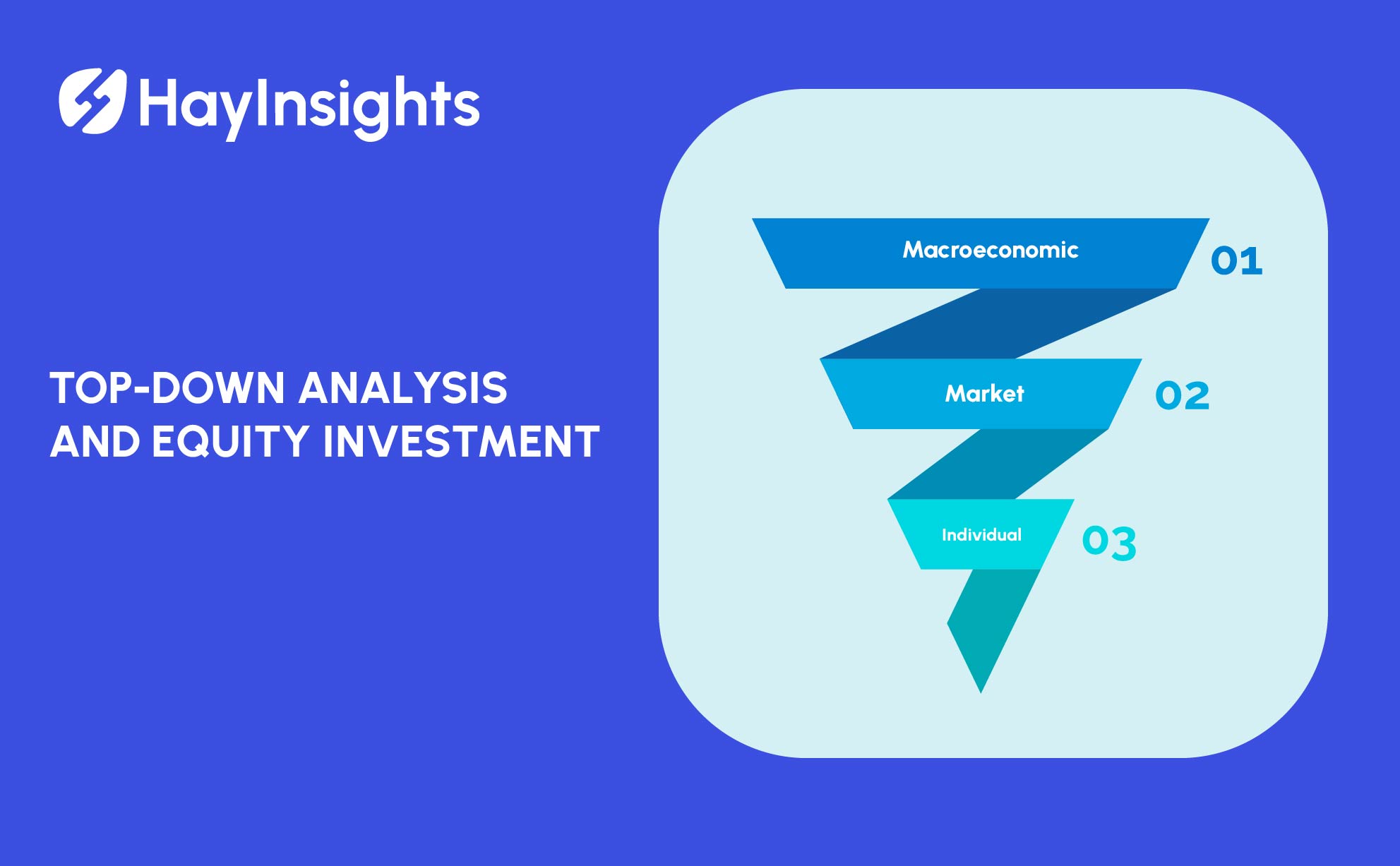
日本の高齢化が投資戦略に与える影響 2024
日本は、世界で最も重大な人口動態上の課題の 1 つである急速な高齢化に直面しています。国民の 28% 以上が 65 歳以上である日本は、主要経済国の中で最も高齢者の割合が高く、この傾向は今後数十年でさらに強まると予想されています。この人口動態の変化は、日本の経済と投資環境に重大な影響を及ぼし、投資家にとって課題と機会の両方をもたらします。
この記事では、日本の人口高齢化が投資戦略に与える影響について検討し、この変化から恩恵を受ける主要なセクターと、投資家が変化する環境にどのように対応できるかに焦点を当てます。
日本の高齢化:人口動態の概要
日本の人口高齢化は、出生率の低下と平均寿命の延長という2つの主な要因によって引き起こされています。日本の出生率は数十年にわたって女性1人当たり2.1人の人口置換水準を下回っており、現在は約1.34となっています。一方、平均寿命は84.6歳に達し、世界でも最も高い年齢の1つとなっています。これらの傾向により、労働力の減少と高齢者人口の増加がもたらされ、社会保障制度、医療、経済成長に圧力がかかっています。
2040年までに、日本の人口の約35%が65歳以上となり、それに応じて労働年齢人口が減少すると予測されています。この変化はすでに経済的、社会的に大きな影響を及ぼしていますが、高齢化社会のニーズに応える新たな投資の道も開かれています。
日本の人口高齢化の恩恵を受ける主要産業
1. ヘルスケアと医薬品
日本の高齢化社会から最も恩恵を受けるのはヘルスケアと医薬品の分野です。高齢者はより頻繁で専門的な医療を必要とするため、ヘルスケアサービス、医療機器、医薬品の需要が急増しています。日本のヘルスケア市場はすでに世界最大級の市場の一つであり、人口の高齢化が進むにつれてさらに拡大すると予想されています。
ヘルスケアにおける投資機会:
- 製薬会社: 投資家は、認知症、糖尿病、心血管疾患などの加齢に伴う疾患の治療薬を開発している企業に注目すべきです。武田薬品工業、エーザイ、アステラス製薬などの大手企業は、需要増加の恩恵を受ける好位置にいます。
- 医療機器メーカー画像診断装置、手術用ロボット、在宅医療機器などの医療機器を専門とする企業は、大きな成長が見込まれています。テルモやオリンパスなどの企業がこの分野の主要候補です。
- 医療施設高齢者介護施設の需要が高まっていることを考えると、民間のヘルスケア提供者や老人ホーム運営者も魅力的な投資オプションです。介護施設、介護付き住宅、在宅介護サービスの需要が高まっています。
2. ロボット工学と自動化
労働力の減少と高齢者介護の需要の増加に伴い、日本はロボット工学と自動化に目を向け、そのギャップを埋めようとしています。日本はロボット工学の革新における世界のリーダーであり、この傾向は特に、医療や家庭での使用を目的とした介護ロボットや自動化ソリューションの開発に顕著に表れています。
ロボット工学への投資機会:
- 介護ロボットサイバーダインやソフトバンクロボティクスなどの企業は、移動、付き添い、基本的な医療作業を支援する介護ロボットの先駆者です。これらのロボットは高齢者介護の現場でますます一般的になりつつあり、より広く採用されることが期待されています。
- ヘルスケアの自動化ロボット手術システム、病院物流ロボット、リハビリテーションロボットは、医療現場でますます利用が広がっています。これらの技術を生み出す企業への投資は、日本の高齢化によって拡大する市場へのエクスポージャーとなります。
3. 金融サービスと保険
日本の人口高齢化が進むにつれ、退職計画、資産管理、保険など高齢者向けの金融サービスが注目を集めています。長期介護のニーズ、年金計画、財産管理に対応する商品の需要が高まっています。
金融サービスにおける投資機会:
- 生命保険日本の生命保険会社は、介護や医療費をカバーする保険など、高齢化社会特有のニーズに対応する商品をカスタマイズしている。日本生命保険やかんぽ生命などの大手生命保険会社は潜在的な投資ターゲットである。
- 資産管理と財務計画: 高齢者が退職後の貯蓄や財産計画を管理しようとするにつれ、年金、退職金口座、相続計画などのサービスを提供する資産管理会社への需要が増加しています。老後の経済的安定を優先する高齢者が増えるにつれて、このようなサービスを提供する会社は成長する見込みです。
政府の取り組みと政策的影響
高齢化による経済への影響を緩和するため、日本政府はさまざまな政策を実施しており、その多くは投資機会を提供している。政府は医療や高齢者介護サービスへの支援を強化し、介護におけるテクノロジーの活用を推進している。
政府の主な取り組み:
- 長期介護保険(LTCI)高齢者に介護サービスを提供する日本の介護保険制度は、介護サービスの需要が高まるにつれて政府の資金が増加すると予想されています。これにより、医療および高齢者介護施設への民間投資が促進される可能性があります。
- イノベーションのサポート: 政府はまた、補助金や税制優遇措置を通じて、ロボット工学や自動化技術の開発と導入を奨励してきました。この支援により、ヘルスケア技術やロボット工学分野への参入を目指す投資家にチャンスが生まれます。
政府が人口の高齢化に伴う財政難に取り組む中、こうした政策は今後も進化し続けるとみられる。投資家は、ヘルスケア、テクノロジー、保険などの主要セクターで得られる機会を形作ることになる法改正を注意深く見守る必要がある。
投資家にとっての課題
日本の人口高齢化は多くの投資機会を生み出す一方で、課題も生み出しています。労働年齢人口の減少は経済全体の成長を鈍らせ、他のセクターの消費者支出や投資収益を制限する可能性があります。さらに、すでに世界最高水準にある政府債務は、医療費や年金支出の増加に伴いさらに増加する可能性があります。
もう一つの課題は、ヘルスケアなどの特定の市場の飽和です。医療分野では、高い需要がすでに多額の投資を引き付けており、評価額が上昇し、参入機会が制限される可能性があります。投資家は、セクターや企業を選択する際に識別力を持ち、高い成長の可能性と持続可能なビジネスモデルを持つ企業に重点を置く必要があります。
投資家のための戦略
日本の人口高齢化という人口動態の現実を考慮すると、投資家は長期的な成長と安定性に重点を置いた戦略を採用する必要があります。以下にいくつかのアプローチを示します。
- 多様化されたポートフォリオ投資家は、今後数十年で大幅な成長が見込まれるヘルスケア、医薬品、ロボット工学、金融サービスへのエクスポージャーを含む多様なポートフォリオを構築する必要があります。
- 長期投資日本の人口動態の変化は今後数十年にわたって進行するため、長期的な投資期間が重要になります。投資家は、高齢化社会のニーズに適応できる体制が整った持続可能なビジネスモデルを持つ企業を探す必要があります。
- イノベーションに焦点を当てる日本の人口高齢化がこれらの分野の需要を牽引し続ける中、ヘルスケア技術、ロボット工学、高齢者向け金融商品など、イノベーションをリードする企業は優れた業績を上げる可能性が高い。
結論
日本の人口高齢化は、投資家にとってチャンスと課題の両方をもたらします。労働力の減少と医療費の増大は経済全体の成長を妨げる可能性がありますが、医療、ロボット工学、金融サービスなどの分野は人口動態の変化から恩恵を受ける態勢が整っています。これらの主要分野に焦点を当て、長期的な視点を持ち、政府の政策動向に注意を払う投資家は、変化する日本の投資環境をうまく乗り切るための有利な立場に立つでしょう。













